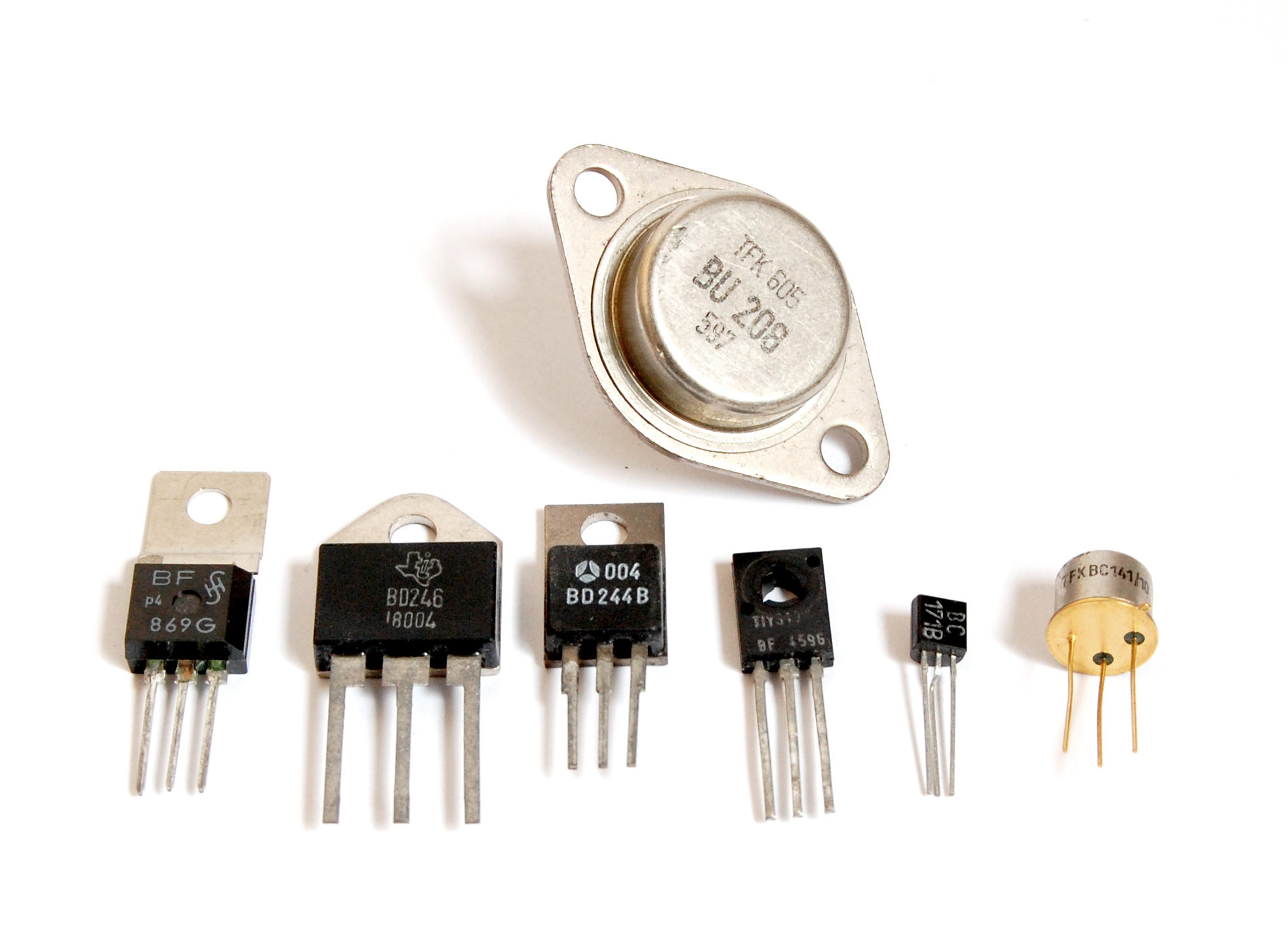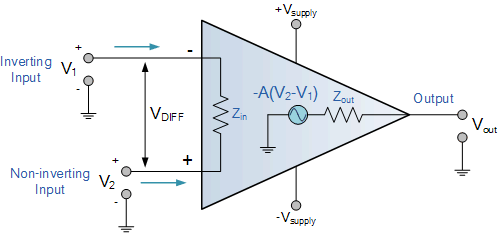Getting back to theory side of Electronics - You can say its for the interviews
Opamps
Operational amplifiers are linear devices that have all the properties required for nearly ideal DC amplification and are therefore used extensively in signal conditioning, filtering or to perform mathematical operations such as add, subtract, integration and differentiation.
An Operational Amplifier, or op-amp for short, is fundamentally a voltage amplifying device designed to be used with external feedback components such as resistors and capacitors between its output and input terminals. These feedback components determine the resulting function or “operation” of the amplifier and by virtue of the different feedback configurations whether resistive, capacitive or both, the amplifier can perform a variety of different operations, giving rise to its name of “Operational Amplifier”.
Transistor
Y
our brain contains around 100 billion cells called neurons—the tiny switches that let you think and remember things. Computers contain billions of miniature "brain cells" as well. They're called transistors and they're made from silicon, a chemical element commonly found in sand. Transistors have revolutionized electronics since they were first invented over half a century ago by John Bardeen, Walter Brattain, and William Shockley. But what are they—and how do they work?
our brain contains around 100 billion cells called neurons—the tiny switches that let you think and remember things. Computers contain billions of miniature "brain cells" as well. They're called transistors and they're made from silicon, a chemical element commonly found in sand. Transistors have revolutionized electronics since they were first invented over half a century ago by John Bardeen, Walter Brattain, and William Shockley. But what are they—and how do they work?
A transistor is really simple—and really complex. Let's start with the simple part. A transistor is a miniature electronic component that can do two different jobs. It can work either as an amplifier or a switch:

- When it works as an amplifier, it takes in a tiny electric current at one end (an input current) and produces a much bigger electric current (an output current) at the other. In other words, it's a kind of current booster. That comes in really useful in things like hearing aids, one of the first things people used transistors for. A hearing aid has a tiny microphone in it that picks up sounds from the world around you and turns them into fluctuating electric currents. These are fed into a transistor that boosts them and powers a tiny loudspeaker, so you hear a much louder version of the sounds around you. William Shockley, one of the inventors of the transistor, once explained transistor-amplifiers to a student in a more humorous way: "If you take a bale of hay and tie it to the tail of a mule and then strike a match and set the bale of hay on fire, and if you then compare the energy expended shortly thereafter by the mule with the energy expended by yourself in the striking of the match, you will understand the concept of amplification."
- Transistors can also work as switches. A tiny electric current flowing through one part of a transistor can make a much bigger current flow through another part of it. In other words, the small current switches on the larger one. This is essentially how all computer chips work. For example, a memory chip contains hundreds of millions or even billions of transistors, each of which can be switched on or off individually. Since each transistor can be in two distinct states, it can store two different numbers, zero and one. With billions of transistors, a chip can store billions of zeros and ones, and almost as many ordinary numbers and letters (or characters, as we call them). More about this in a moment.
Packages



This is a task another day.



Comments
Post a Comment